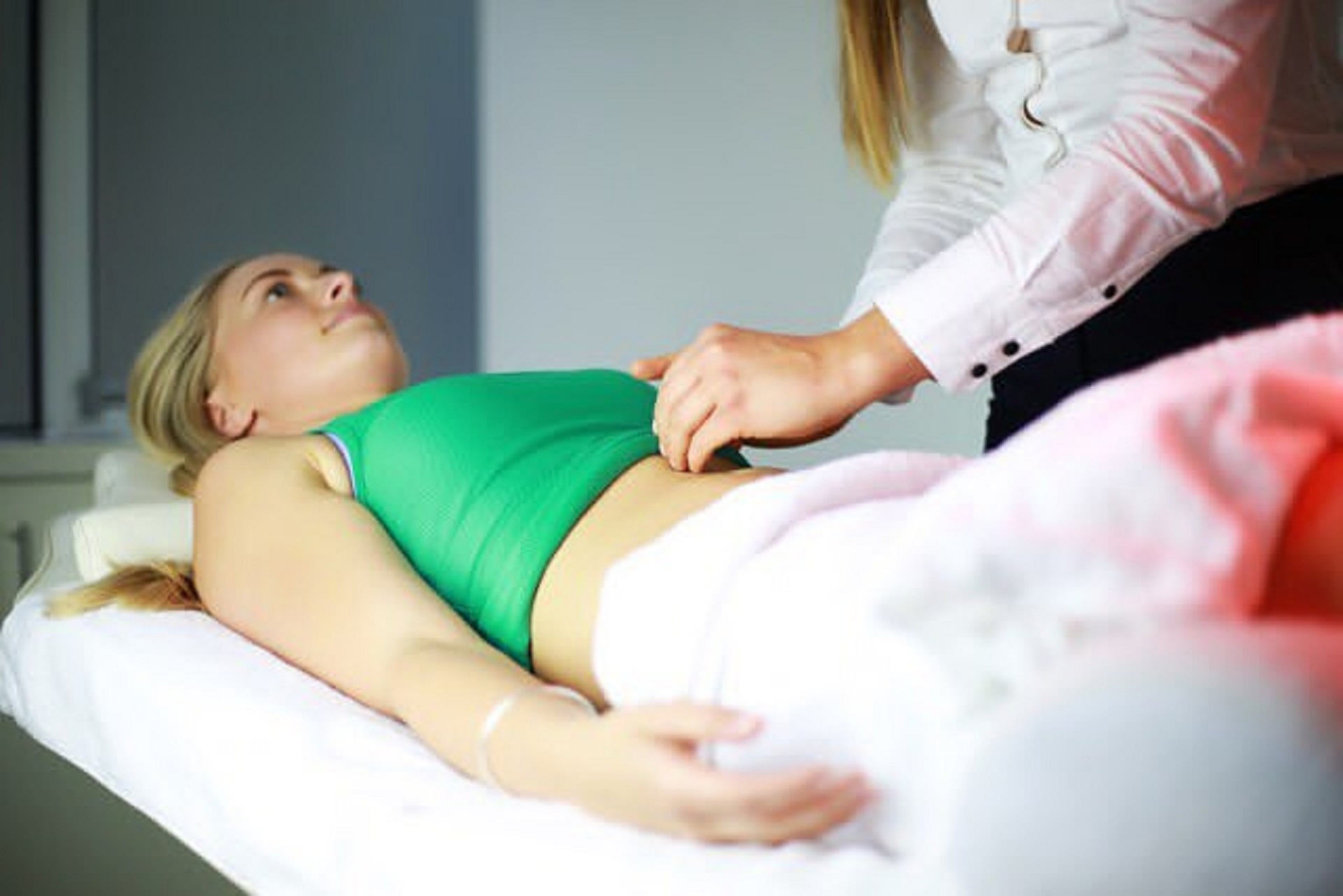Laser Vision Correction: A Clearer View Might Be Closer Than You Think
Thinking about ditching your glasses or contacts? Discover how laser vision correction might help improve your eyesight with long-lasting results. This advanced procedure reshapes the cornea to correct vision issues such as nearsightedness, farsightedness, or astigmatism, helping many people see clearly without lenses. Before taking the next step, it’s important to understand the types of laser treatments available, the recovery process, and whether you’re a good candidate for the surgery.
This article is for informational purposes only and should not be considered medical advice. Please consult a qualified healthcare professional for personalized guidance and treatment.
How Laser Vision Correction Works
Laser vision correction operates by precisely reshaping the cornea, the clear front surface of the eye that helps focus light. The cornea’s curvature determines how light enters the eye and reaches the retina. When the cornea has an irregular shape, it causes refractive errors that result in blurred vision. During the procedure, an excimer laser removes microscopic amounts of corneal tissue in a predetermined pattern, creating a new curvature that allows light to focus properly on the retina. This reshaping process is guided by detailed measurements of the eye taken during pre-surgical examinations, ensuring the correction addresses each patient’s specific vision needs.
Understanding Different Laser Vision Correction Options
Several laser vision correction techniques are available, each with distinct approaches and benefits. LASIK (Laser-Assisted In Situ Keratomileusis) involves creating a thin flap in the cornea, lifting it, and applying laser treatment to the underlying tissue before repositioning the flap. PRK (Photorefractive Keratectomy) removes the outer layer of the cornea entirely before laser treatment, allowing natural regeneration of the surface. LASEK (Laser Epithelial Keratomileusis) combines elements of both procedures by loosening and preserving the outer corneal layer. Each method has specific advantages depending on corneal thickness, lifestyle factors, and individual eye characteristics that eye care professionals evaluate during consultation.
The Importance of a Comprehensive Eye Exam
A thorough eye examination forms the foundation of successful laser vision correction. This comprehensive evaluation goes beyond standard vision tests to include corneal mapping, measuring corneal thickness, assessing tear film quality, and checking for underlying eye conditions. Advanced diagnostic equipment creates detailed topographical maps of the cornea, identifying irregularities that might affect surgical outcomes. The examination also evaluates pupil size, especially in low-light conditions, as larger pupils may influence post-surgical visual quality. Eye care professionals use this information to determine candidacy for the procedure and select the most appropriate surgical technique for optimal results.
What to Expect During the Laser Vision Correction Procedure
The actual laser vision correction procedure typically takes 15 to 30 minutes for both eyes, with most of the time spent on preparation and positioning. Patients receive numbing eye drops to eliminate discomfort, and a device holds the eyelids open during treatment. For LASIK procedures, the surgeon creates the corneal flap using either a microkeratome blade or a femtosecond laser. The excimer laser then reshapes the cornea according to the predetermined treatment plan, usually taking less than a minute per eye. Patients may notice pressure sensations and temporary vision changes during the procedure, but pain is minimal due to the topical anesthesia.
Recovery Process and Aftercare Tips
Recovery from laser vision correction varies depending on the specific procedure performed. LASIK patients often experience rapid visual improvement, with many achieving functional vision within 24 hours. PRK recovery takes longer, as the corneal surface needs time to regenerate, typically requiring several days to weeks for optimal vision. Common post-surgical experiences include temporary dryness, light sensitivity, and mild discomfort. Prescribed eye drops help manage inflammation and prevent infection during healing. Patients should avoid rubbing their eyes, swimming, and strenuous activities for specified periods. Follow-up appointments allow surgeons to monitor healing progress and address any concerns that arise during recovery.
| Procedure Type | Provider Examples | Cost Estimation |
|---|---|---|
| LASIK | LasikPlus, TLC Laser Centers | $2,000 - $4,000 per eye |
| PRK | Warby Parker, America’s Best | $1,500 - $3,500 per eye |
| LASEK | Local ophthalmology practices | $2,500 - $4,500 per eye |
| Custom Wavefront | Pearle Vision, LensCrafters | $3,000 - $5,000 per eye |
Prices, rates, or cost estimates mentioned in this article are based on the latest available information but may change over time. Independent research is advised before making financial decisions.
Laser vision correction represents a significant advancement in addressing refractive vision problems, offering many individuals the possibility of reduced dependence on glasses or contact lenses. The success of these procedures depends heavily on proper candidate selection, skilled surgical technique, and adherent post-operative care. While the technology continues to evolve and improve outcomes, potential patients should thoroughly discuss their expectations, lifestyle needs, and any concerns with qualified eye care professionals. Understanding the various options, procedural details, and recovery requirements enables informed decision-making about whether laser vision correction aligns with individual vision goals and circumstances.





